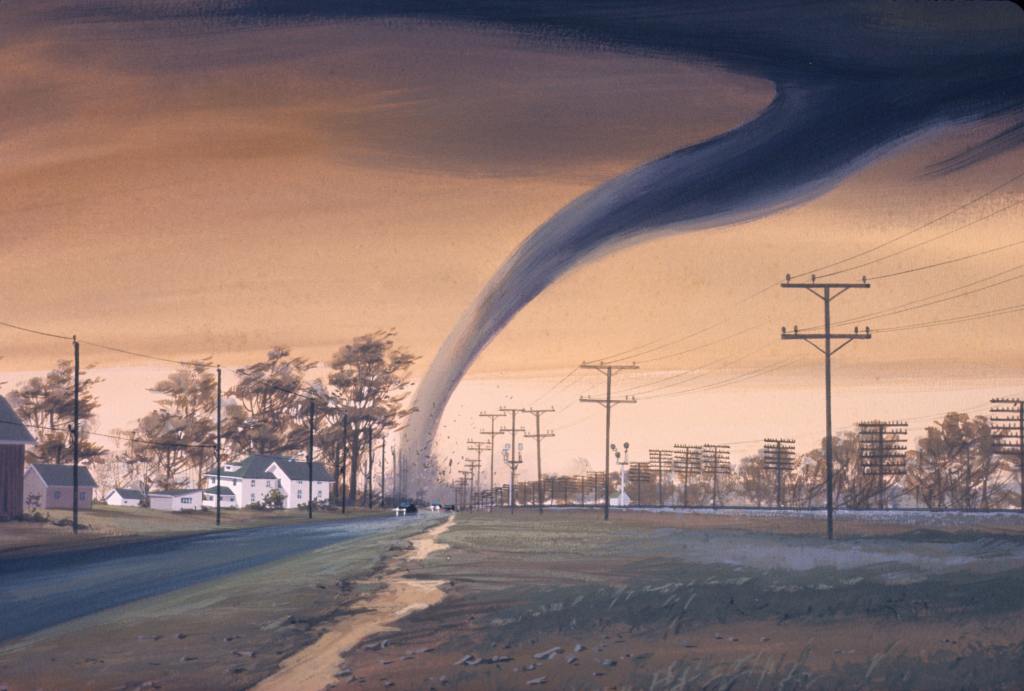
I virtually attended a Palliative Medicine conference over the past three days and have heard talks from a wide range of speakers. Included were a gastroenterologist and a haematologist both from specialties who are still unsure about which patients to refer to palliative care, and when to refer them.
It becomes a self-fulfilling prophecy if all the referrals we get are very late then we cannot do as much for the patients and their families. If the referral only arrives 72 hours before death or two weeks before death, does that mean palliative care is synonymous with end-of-life care? But that is not what we are trying to do in reality. Our services are happy to work alongside other specialties. A patient can be on the liver transplant waiting list and also receive palliative care from the local hospice. This is different to the USA where admission to the hospice programme means you cannot have ‘active’ treatments anymore. We have many patients who are still on their palliative chemotherapy/radiotherapy/immunotherapy and many other active treatments including haemodialysis. Even as the patient undergoes various treatments we are keen to help reduce suffering in its many forms, both physical and emotional, spiritual, and social.
How can we get this important message across? A patient referred to palliative care/hospice doesn’t mean that you have given up on them. One of my mentors Dr David Perez who worked in Medical Oncology would talk to his patients about coming to the point where there were no more active Oncology treatments available and the time had come for Active Palliative Care.
Continue reading